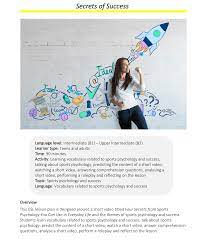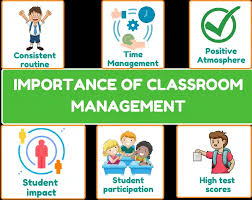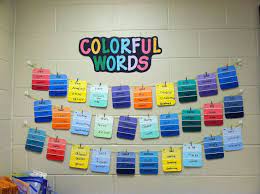Introduction
During the hot summer months, students often experience a decrease in focus and an increase in agitation, making it more challenging for teachers to maintain an optimal learning environment. This article will discuss the importance of maintaining a cooler classroom during summer months and provide strategies to help improve student behaviour.
The Effect of Temperature on Student Behaviour
High temperatures can significantly impact a student’s ability to learn and retain information. Prolonged exposure to excessive heat can lead to discomfort, fatigue, irritability, and even dehydration. These factors can contribute to increased distractibility and a reduced ability to focus on classroom tasks, ultimately having a negative impact on student behaviour.
Furthermore, high temperatures may also exacerbate pre-existing behavioural issues and heighten emotions, leading to conflicts among students and a disruption of the learning environment.
Strategies for Cooling the Classroom
To ensure that students are comfortable and well-behaved during the sweltering days of summer, teachers can implement several strategies for cooling their classrooms:
1. Maintain adequate ventilation: Make sure windows and doors are open when possible to encourage air circulation. Consider incorporating air purifiers or fans into the classroom layout.
2. Use sun-blocking window treatments: In areas where sunlight directly hits the windows, use curtains or blinds that block out heat from entering the classroom while still allowing light into the room.
3. Adjust class schedules: To maximise student comfort and focus, consider scheduling more demanding tasks or lessons during cooler parts of the day, such as early morning or late afternoon.
4. Stay hydrated: Encourage students to drink water throughout the day by providing easy access to drinking fountains or by allowing water bottles in class. Staying hydrated is crucial for maintaining focus and preventing heat-related issues.
5. Use cooling break-time activities: During recess or break times, allow students access to shaded outdoor areas or air-conditioned spaces where they can cool off and re-energise for the remainder of the day.
6. Dress for the heat: Encourage students to wear light, breathable clothing and adjust the dress code if necessary to allow for optimal comfort during hot weather.
7. Community involvement: Collaborate with parents and school administrators to discuss school upgrades, such as installing air conditioning, to ensure that students have a comfortable learning environment year-round.
Conclusion
A cooler classroom environment is essential for maintaining student focus and improving behaviour during the summer months. By implementing strategies such as optimising ventilation, adjusting schedules, encouraging proper hydration, and collaborating with the community, teachers can help create a more comfortable and productive learning space for their students. In doing so, they will be fostering an atmosphere conducive to academic success, even in the hottest weather.











